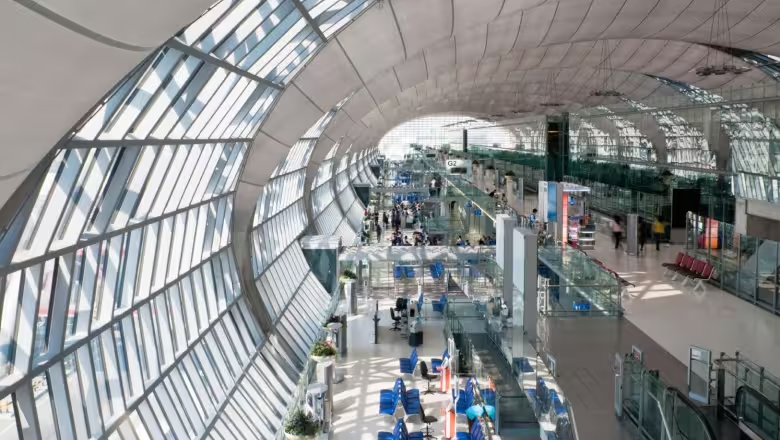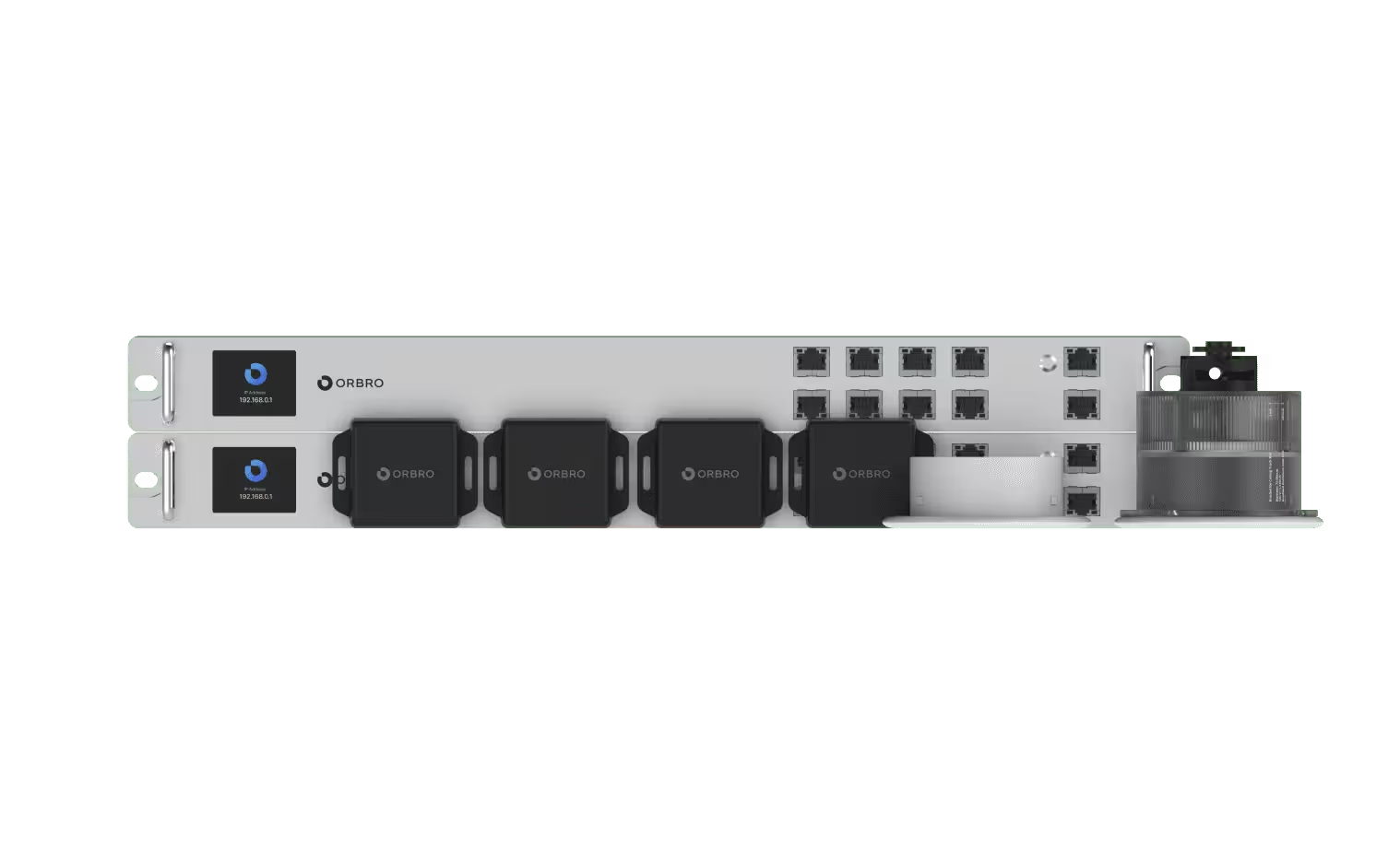도입이 처음이신가요?
ORBRO 전문가가 직접 상황을 분석하고
최적의 솔루션을 제안해드립니다.

Smart Airport Solution

Smart Airport Solution
A smart airport refers to an airport that utilizes modern technology and advanced systems to provide optimal services to travelers. The goal is to maximize efficiency and innovate the travel experience through various smart technologies and digital advancements.
This involves optimizing the travel experience and maximizing efficiency through various smart technologies such as indoor environmental control, AI-based security systems, and RTLS technology. Smart airports focus on providing optimized services at every stage of travel to enhance customer satisfaction.
Indoor Environmental Control System
Smart airports introduce indoor environmental control systems to provide optimal conditions for travelers. By monitoring and adjusting temperature, humidity, and air quality in real-time, travelers can wait comfortably. Additionally, smart lighting systems enhance convenience for travelers by mimicking natural light and improving energy efficiency.
AI-Based Security System
Safety is a core value in travel. Smart airports build advanced security systems using AI cameras. Facial recognition technology, behavior analysis, and detection of illegal activities are combined to enhance security and provide peace of mind to travelers. Additionally, immediate action can be taken by detecting anomalies in real-time.
RTLS (Real-Time Location System) Technology
Utilizing Real-Time Location System (RTLS) technology, smart airports track the real-time locations of travelers. This enables efficient coordination with gates, shops, and baggage transport systems, optimizing the movement of travelers. It also provides meaningful data for route analysis and safety management.
Data Analysis and Artificial Intelligence
Data analysis using big data and artificial intelligence plays a significant role in optimizing smart airport operations. Analyzing the movement patterns and service usage trends of travelers helps in efficient operation and identifying areas for improvement. This helps airport managers allocate resources effectively and provide better services to travelers.
Advantages of Smart Airports
• 편리한 여행 경험 : 스마트 공항은 자동화된 수속 프로세스와 실시간 정보 제공 등을 통해 여행자들에게 높은 수준의 편의를 제공합니다. 자동 체크인, 얼굴 인식을 활용한 보안 검증 등은 여행자들이 원활하게 이동하고 서비스를 이용할 수 있도록 도와줍니다.
• 안전과 보안 강화 : AI 카메라 및 얼굴 인식 기술을 활용한 스마트 보안 시스템은 여행자들의 안전을 높이고 공항 내부에서의 안전사고나 위협을 사전에 감지합니다. 이를 통해 보다 안전하고 신뢰성 있는 여행 환경을 제공합니다.
• 효율적인 운영 및 리소스 관리 : 데이터 분석 및 빅데이터 활용은 스마트 공항이 운영을 최적화하고 리소스를 효율적으로 관리하는 데 큰 도움을 줍니다. 이를 통해 인공지능 기술은 여행자들의 이동 패턴을 이해하고 필요한 자원을 최적화하여 운영 효율성을 높입니다.
• 실내 환경 최적화 : 실내 환경 조절 시스템은 여행자들이 편안한 환경에서 대기할 수 있도록 합니다. 온도, 습도, 공기질을 실시간으로 모니터링하여 조절하므로 여행자들의 편의를 높이고 품질 좋은 환경에서의 대기를 제공합니다.
• 빠른 수속 및 출입 과정 : 자동화된 수속 프로세스는 여행자들에게 번거로운 과정을 줄여주고, 빠른 체크인 및 출입 과정을 제공합니다. 이는 여행자들이 시간을 절약하고 편안하게 이동할 수 있도록 돕습니다.
Smart Airport Case Studies
Hamad International Airport (DOH), Qatar
Doha International Airport actively incorporates smart technology as part of a smart city, providing advanced services. Automated robot guidance services, smart security systems, and passenger convenience services through mobile applications have been introduced.
Changi Airport (SIN), Singapore
Changi Airport is recognized as one of the world's best airports due to its active adoption of innovative technology. Automated check-in systems, intelligent baggage handling, and smart stations within the airport provide advanced convenience to travelers.
Dubai International Airport (DXB), United Arab Emirates
Dubai International Airport is evolving into an international travel hub with smart technology and innovative services. AI-based smart security systems, autonomous vehicles, and improvements in passenger experience through mobile applications have been introduced.
San Francisco International Airport (SFO), USA
San Francisco International Airport is gaining attention for its efficient operations and smart services. Features include indoor environmental monitoring using IoT, smart baggage handling systems, and enhanced passenger convenience through a mobile app.
관련 제품
작업자 위치추적 패키지
UWB 단말기를 작업자 또는 장비에 부착하여, 실시간으로 위치 추적을 돕는 제품입니다.


오브로 솔루션 소개
공유하기









